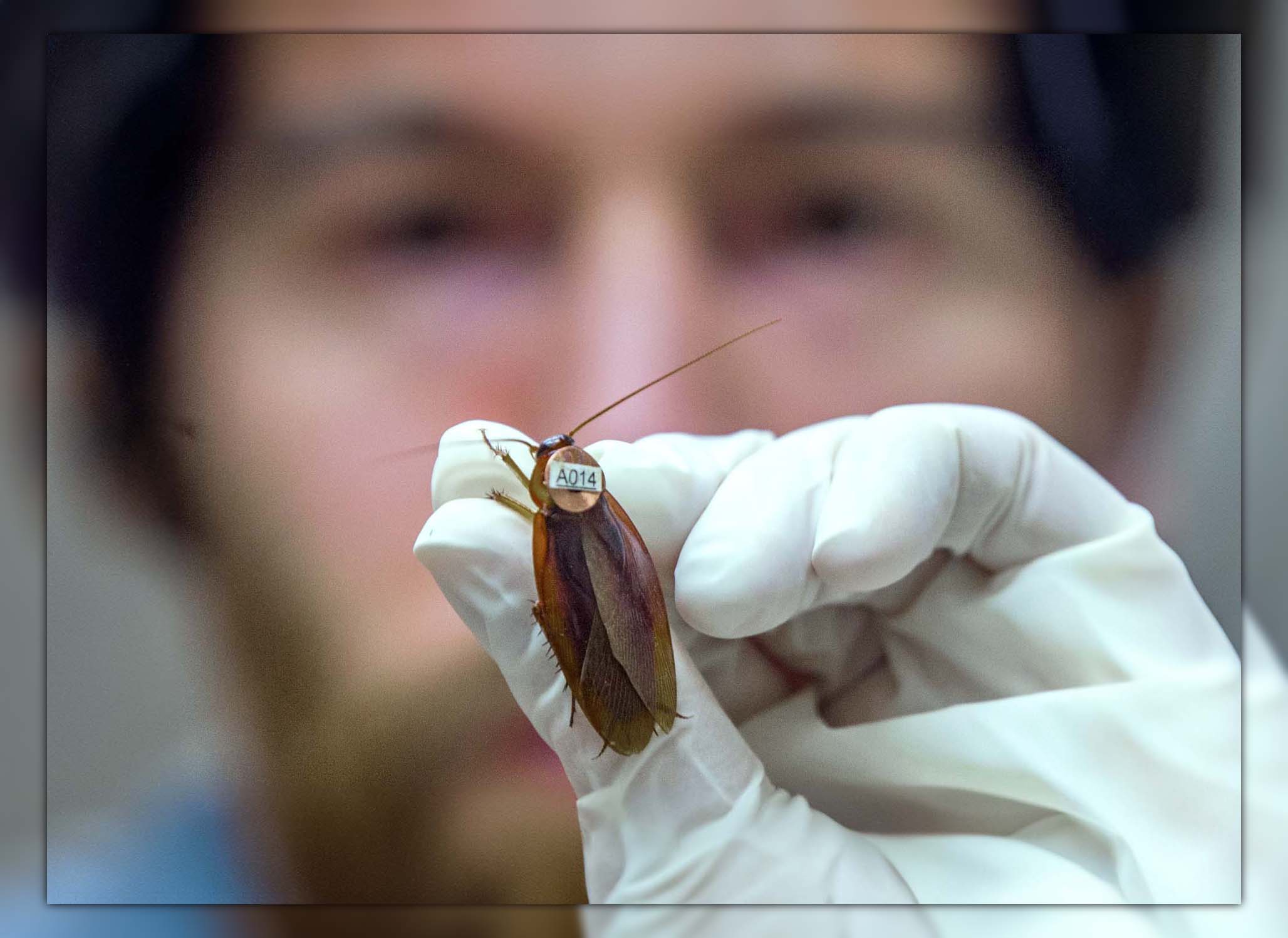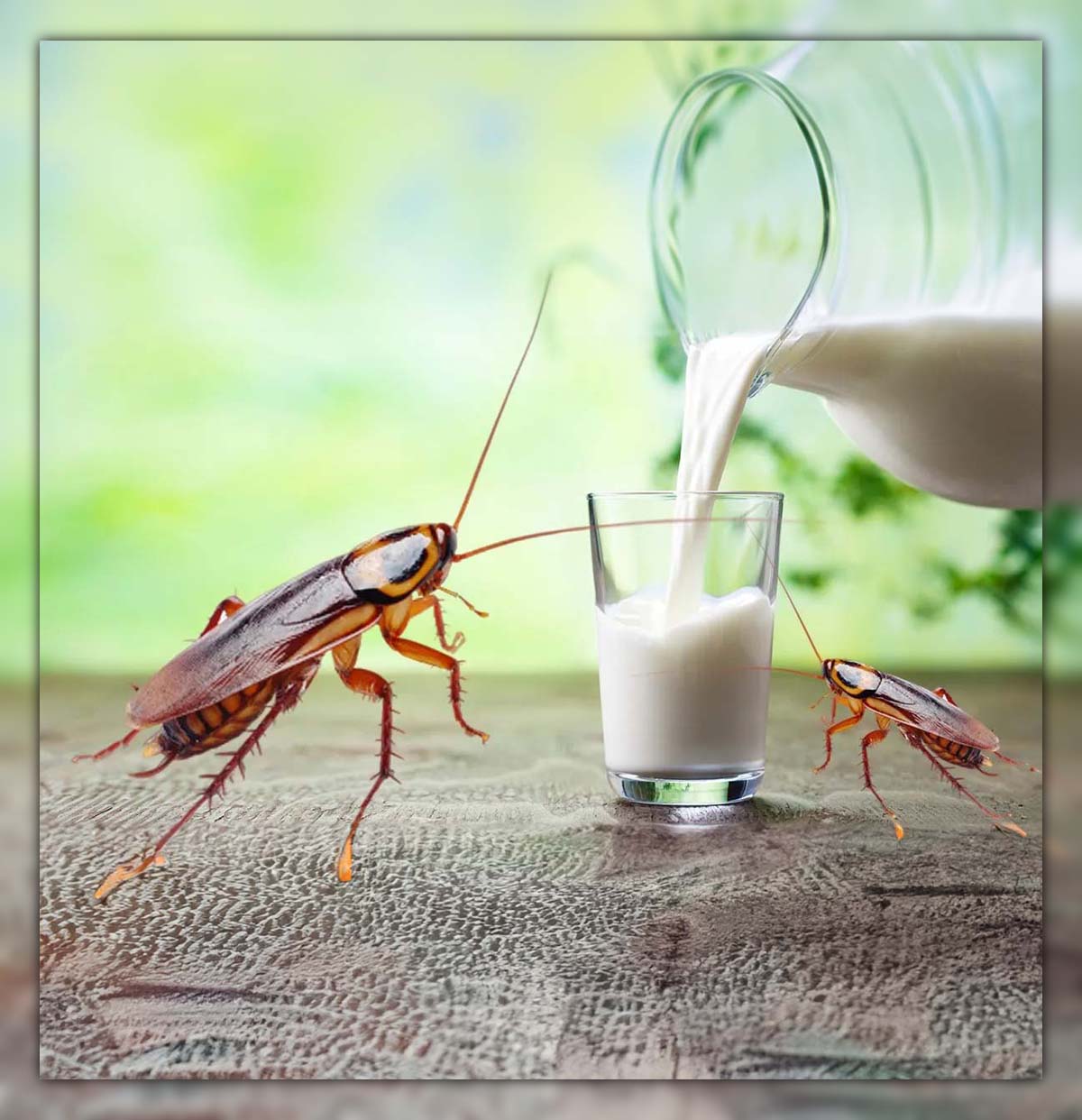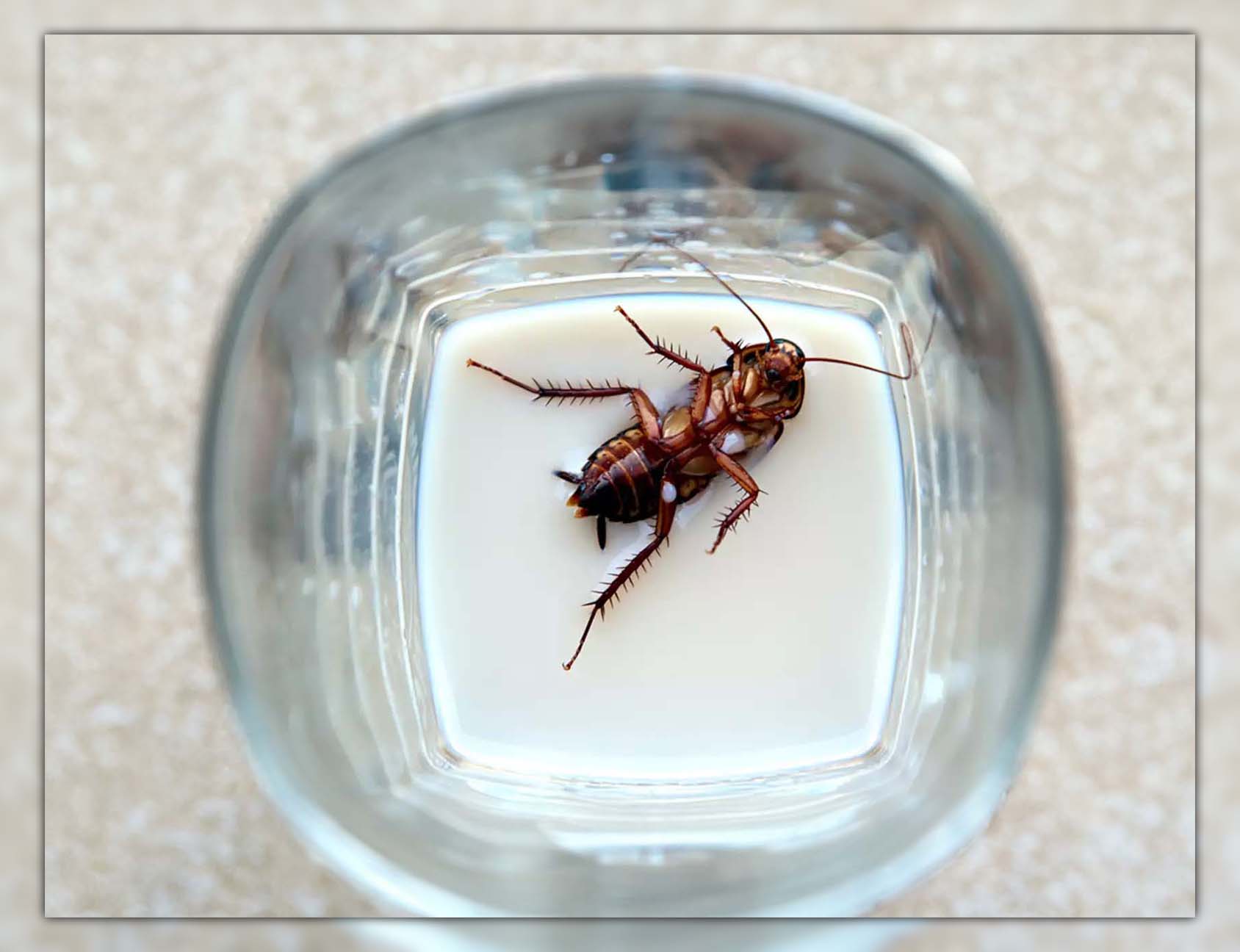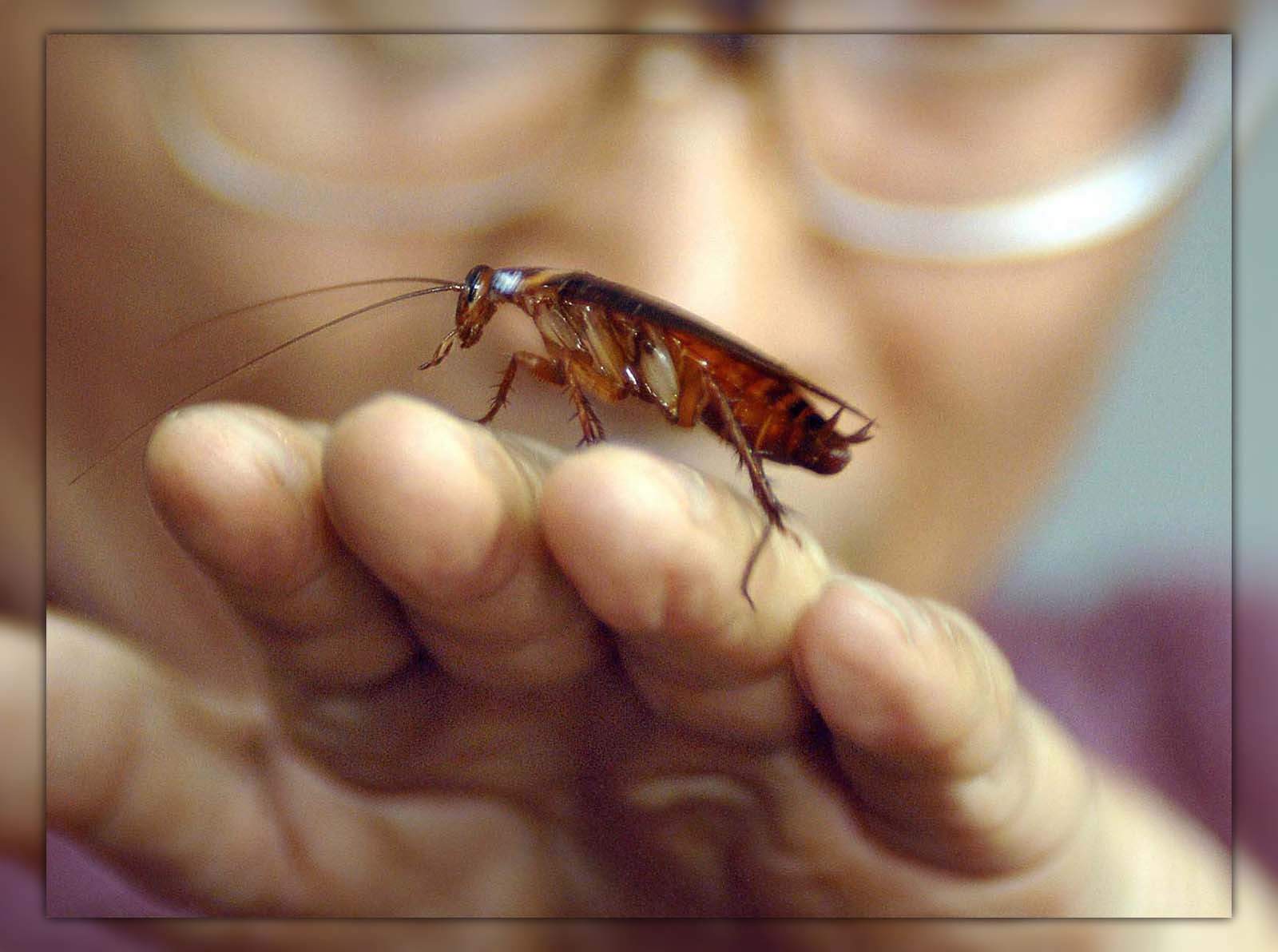Have you ever found yourself wondering, “What in the world is cockroach milk?”
If you’re on a quest for answers, fueled by your curiosity about this quirky phenomenon and how it might affect our lives, then you’re in for a fascinating journey.
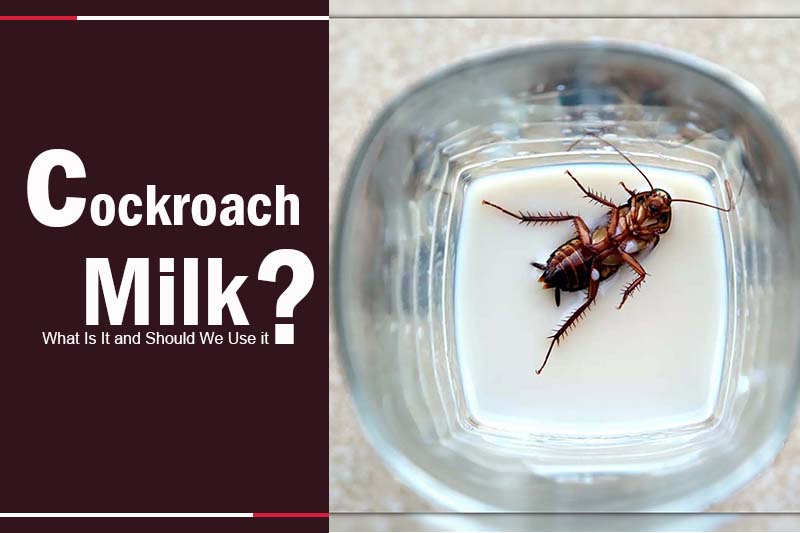
What Is Cockroach Milk?
Cockroach milk, produced by the Diploptera punctata species, is a unique form of nourishment for their live-born offspring.
It isn’t true milk but a yellowish fluid that solidifies into protein crystals in the cockroach’s digestive system.
This remarkable adaptation provides essential nutrition to their young.
How To Milk A Cockroach?
Extracting cockroach milk involves a process wherein female cockroaches and their embryos, once they commence lactation, are terminated, and crystals are then collected from their midgut.
However, mass production of cockroach milk is impractical due to the significant sacrifice involved.
Approximately 1,000 cockroaches must be terminated to obtain merely 100 ml of the milk, rendering it an inefficient method for large-scale production.
>> Read more: How to killing roaches with baking soda?
The Nutritional Value From Cockroach Milk
Though not yet commercially accessible, cockroach milk has been studied for its potential nutritional content. Research suggests the following approximate nutritional composition:
- Protein: 45%
- Carbohydrates: 25%
- Fats: 16%-22%
- Amino acids: 5%
These values present an insight into the potential nutritional benefits that cockroach milk might offer, pending further research and availability for consumption.
How Many Calories Are In Roach Milk?
- Cockroach milk: 232 kcal/100 grams
- Human milk: 60 kcal/100 grams
- Buffalo milk: 110 kcal/100 grams
- Cow milk: 66 kcal/100 grams
Cockroach milk stands out with a significantly higher calorie count per 100 grams compared to human, buffalo, and cow milk.
What Are The Benefits Of Roach Milk?
Cockroach milk offers several benefits:
Abundant in essential nutrients
Cockroach milk is a nutrient-rich source, containing fatty acids, oleic acids, linoleic acids, and essential amino acids vital for cell growth and repair.
High in calories
Compared to dairy milk, cockroach milk is calorie-dense, providing a concentrated source of energy. This can be beneficial for individuals requiring higher calorie intake.
Free from dairy
Being a non-dairy product, cockroach milk can serve as an alternative for individuals with lactose intolerance, allowing them to incorporate essential nutrients into their diet without the need for dairy consumption.
>> Read more: Benefits of cockroaches: Nature’s Unsung Ecosystem Heroes.
What Are The Drawbacks Of Cockroach Milk?
Cockroach milk has certain drawbacks:
Increased body mass
Due to its high-calorie content, approximately 700 calories per cup, excessive consumption of cockroach milk may lead to weight gain, posing a concern for individuals trying to manage their body mass.
Moral considerations
Ethical considerations arise regarding the mass production of cockroach milk.
Extracting significant quantities requires terminating a large number of cockroaches (approximately 1,000 cockroaches for 100 mL of milk), raising ethical concerns about the sacrifice of these creatures for human consumption.
Accessibility
Cockroach milk is not easily accessible in the market, making it impractical for widespread consumption.
The limited availability restricts its potential use as a dietary option.
>> Read more: Pregnant Cockroach: Facts Revealed.
Is Cockroach Milk Safe?
As of now, there is no scientific research confirming the safety of consuming cockroach milk for humans.
Due to this lack of evidence, it is advisable for vulnerable populations, including children and pregnant women, to refrain from consuming cockroach milk.
Additionally, ethical concerns surrounding the production and use of cockroach milk make it a less desirable option from both a safety and moral standpoint.
Further research is necessary to assess its safety and potential benefits for human consumption.
Conclusion
Intrigued by the unexpected intricacies of cockroach milk?
Our exploration has merely scratched the surface of this enthralling topic.
For a deeper dive into the world of peculiar pests and their surprising secrets, be sure to explore more blogs from Pestweek.
Stay curious, and let’s keep unveiling the mysteries that nature has to offer, one intriguing discovery at a time. Stay tuned for more captivating insights!

Calina Mabel has over 15 years of experience in the field of journalism and communications. Currently, Calina Mabel is the Content Writer for categories such as Cockroach, Ants, Bed Bugs, Mosquito, Rodent, Termite, and Flies on Pestweek.com. She aims to build content for these categories with a focus on providing valuable and accessible information to readers, in order to create the world’s largest knowledge community about Pests.
All content written by Calina Mabel has been reviewed by Emily Carter.


